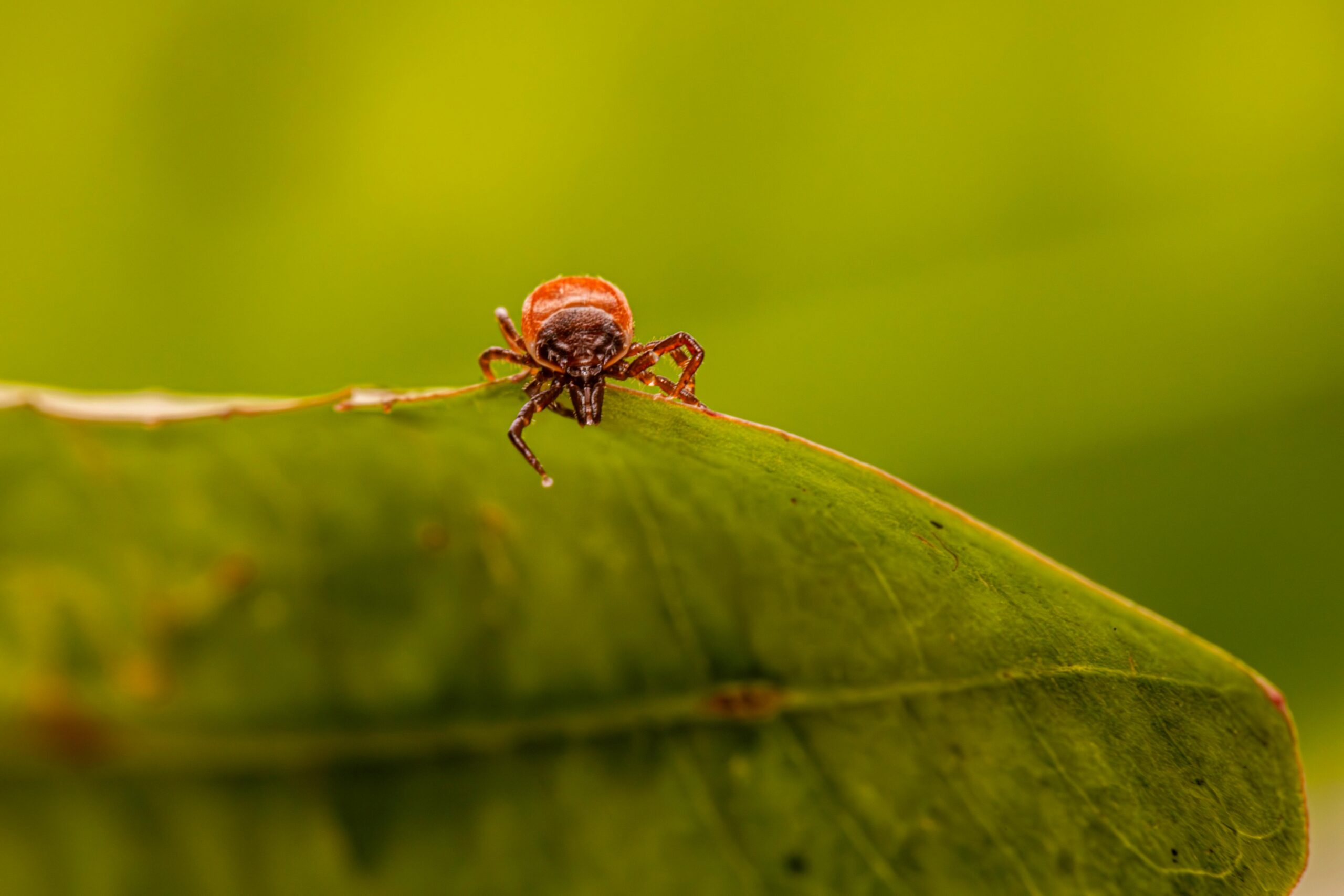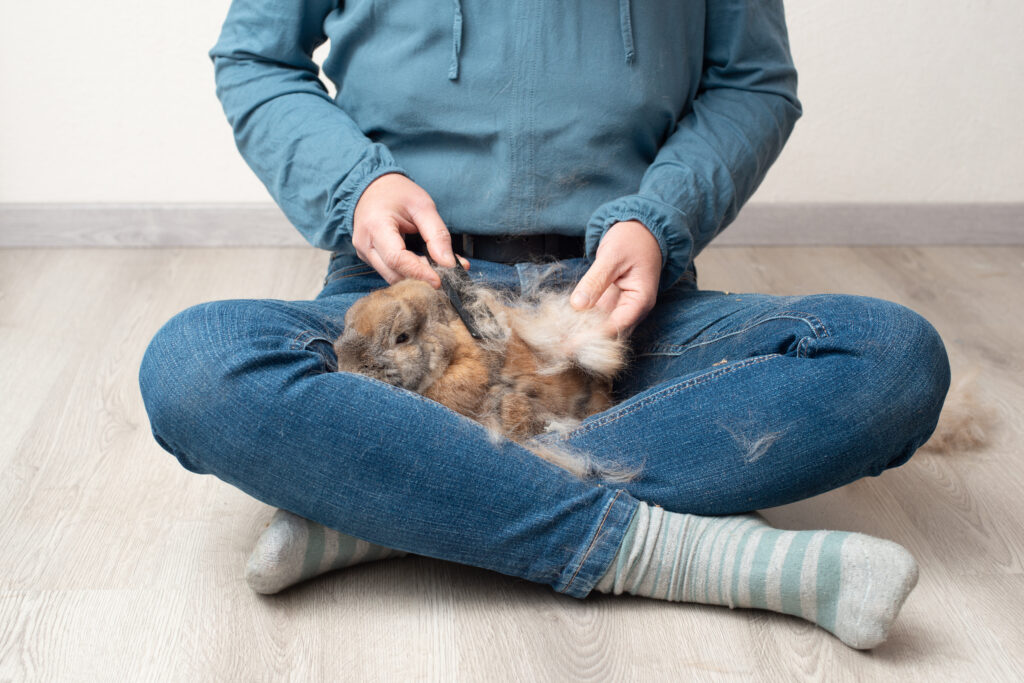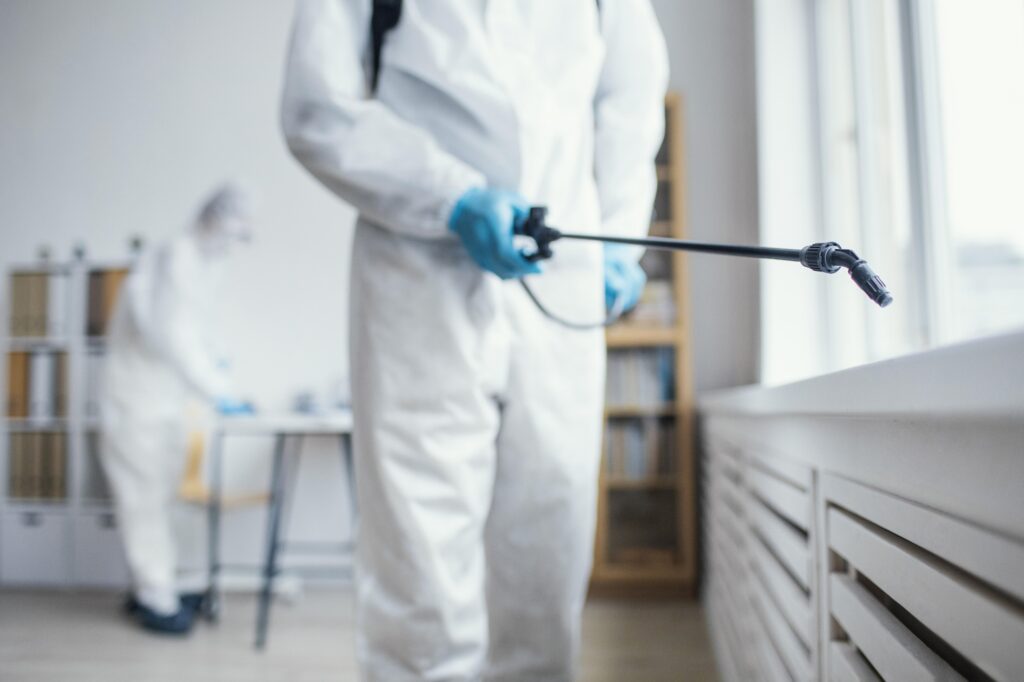- LIFE
Master the Ultimate Smash Burger Recipe


Flea infestations can be a persistent and frustrating problem for homeowners and pet owners alike. These tiny pests not only cause discomfort to pets but can also infest homes, making it essential to tackle them effectively. Understanding how to get rid of fleas involves a comprehensive approach that targets both the pests and their environment. This guide provides a detailed pathway to eliminating fleas from your home and pets, ensuring a safer and more comfortable living space.
Fleas have been a nuisance to humans and animals for centuries. Their resilience and adaptability have made them one of the most challenging pests to control. Historically, flea infestations were often associated with poor sanitation and overcrowding, but even the cleanest homes can fall victim to these persistent insects. Understanding their lifecycle and behavior has been crucial in developing effective control methods over time.

Successfully eliminating fleas requires a strategic approach, supported by the right tools and materials. Here’s a list of essential items you’ll need:
Having these tools on hand will prepare you to tackle the infestation head-on, ensuring you cover all necessary areas from pet grooming to home cleaning.
Targeting adult fleas is a crucial step in breaking the flea lifecycle. Here’s a step-by-step method to effectively kill adult fleas:
Start by thoroughly combing your pets with a flea comb, focusing on areas where fleas are likely to hide, such as the neck, tail, and underbelly. Follow up with a flea shampoo bath, ensuring you follow the product instructions carefully.
Use a vacuum cleaner with a HEPA filter to thoroughly clean carpets, rugs, and upholstery. Pay special attention to areas where your pets spend the most time. Dispose of the vacuum bag immediately to prevent fleas from escaping.
IGR sprays help prevent flea larvae from maturing into adults. Apply the spray to carpets, flooring, and pet bedding. Ensure proper ventilation during application and wear protective gloves and masks for safety.
Flea bites can cause itching and irritation. Treating these bites promptly helps alleviate discomfort and prevents secondary infections. Here’s how:
Wash the bitten area with soap and water to reduce the risk of infection. Pat dry with a clean towel.
Use an over-the-counter anti-itch cream or calamine lotion to soothe itching. Avoid scratching the bites to prevent further irritation.
If you notice signs of an allergic reaction, such as swelling or difficulty breathing, seek medical attention immediately.
Fleas often hide in pet bedding, making it crucial to clean these areas thoroughly. Follow these steps for effective cleaning:
Wash pet bedding in hot water at least once a week. High temperatures kill fleas and their eggs.
After washing, dry the bedding on the highest heat setting. This further ensures the elimination of any remaining fleas.
Regularly vacuum the area around the pet bedding to remove any fleas or eggs that may have fallen off.
For those who prefer natural solutions, several remedies can help control flea populations:
Sprinkle food-grade diatomaceous earth on carpets and pet bedding. This natural powder dehydrates and kills fleas. Leave it for a few hours before vacuuming.
Create a spray using essential oils like lavender, peppermint, and eucalyptus. Mix with water and apply around your home to repel fleas naturally.

While DIY methods can be effective, severe infestations may require professional intervention. Consider seeking help if:
Professional pest control services can provide targeted treatments and ongoing prevention strategies to ensure your home remains flea-free.
By following these comprehensive steps, you can effectively get rid of fleas from your home and pets, ensuring a healthier and more comfortable environment for everyone involved. Remember, consistency and thoroughness are key in breaking the flea lifecycle and preventing future infestations.